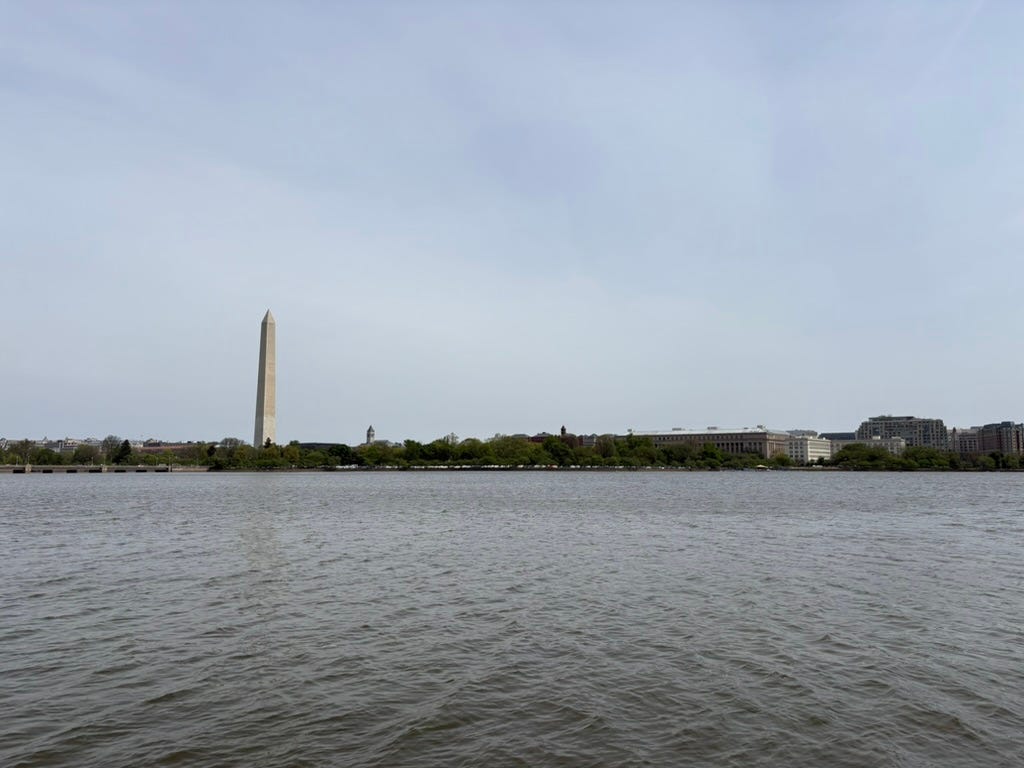It’s been a bit since I did a post on the totally normal and reasonable world of college sports lawsuits. But since there was a big development Wednesday — brought on by a totally normal and reasonable decision by some lawyers — I thought I’d dip in quickly, taking a break from packing for our move to St. Louis. Crazy to type that we have less than three weeks left in D.C.

The Lawsuits, Pt. 2
A refresher: Last May, the NCAA, SEC, Big Ten, Big 12, ACC and Pac 12 agreed with a large group of plaintiffs to settle three antitrust cases (House vs. NCAA, Carter vs. NCAA and Hubbard vs. NCAA). If you follow college sports — or if you’ve read this newsletter with any consistency — you’ve come to know this as the House settlement. It would pay close to $2.8 billion in damages to past athletes, current athletes and their lawyers, who sued over various past restrictions on athlete compensation. And looking forward, it would allow schools to pay college athletes directly for the first time.
In the 11 months since, many, many, many schools have operated as if the settlement were going into effect for the 2025-26 academic year. Yes, Judge Claudia Wilken still had to grant final approval, but once she granted preliminary approval in October? It was basically off to the races. Name, image and likeness (NIL) contracts, many of them in the seven figures for football and men’s basketball, included the money schools would pay through revenue sharing. Programs started trimming their rosters to adhere to the settlement’s new limits, which would replace previous restrictions on how much scholarship money a given team could offer its players.
Then April rolled around. The dialogue between Judge Wilken and the lawyers has looked something like this:
Judge (in a hearing to discuss final approval on April 7): This is a good settlement. I am on board with almost all of it. But how you would implement these roster limits is bothering me. Is there a way to grandfather in current athletes so no one loses their spot as a result of this?
Lawyers (April 7): Uh, hm, well.
Judge (April 7): Take a week, go back to the drawing board and see if you can come up with something on the roster limits, which — *wink wink* — would probably lead to me stamping this thing.
Lawyers (one week later, in an April 14 filing): So, Judge, we talked about your request on the roster limits. And we decided, um … how do we put this? No? Yeah, yeah, I think that’s probably the best way: We’ve decided to say no.
Judge (Wednesday evening): Oh. Interesting. Then let me see how to put this: Make tweaks to how roster limits will be implemented or I will deny your settlement. You have two weeks to figure out your next move.
And here we are. Almost immediately, in a statement sent to dozens of reporters, one of the lead plaintiffs’ attorneys put the ball in the defendants’ court, saying his side is up for making Wilken’s desired changes, it just needs to convince the NCAA and power conferences (or otherwise prepare for a trial). When the lawyers first declined to listen to Wilken on roster limits, they said tweaking them now would “upset the settled expectations, enrollment decisions, and other preparations.” Turns out, their argument — “we can’t do this because we’ve already been operating as if you approved the settlement” — didn’t work for Wilken. Then she delivered a hammer with her pen: “Any disruption that may occur is a problem of Defendants’ and NCAA members schools’ own making.”
Huh, sure sounds familiar. An avalanche of lawsuits — House, Carter, Hubbard, O’Bannon, Alston, so on — all stemmed from problems of the NCAA’s own making, mostly with the decades-long refusal to pay athletes an over-the-table cent for their labor. Now Wilken has made herself crystal clear, giving the NCAA and its big conferences a choice: If you want your settlement, this is the condition. If you don’t meet that condition, you can go to trial, which you’ve always wanted to avoid because of how much bigger the damages number (again, currently about $2.8 billion) could get. May 7 is the deadline for the NCAA, SEC, Big Ten, Big 12, ACC and Pac 12 to choose their destiny.
A thing about these dense lawsuits is that sometimes, every once in a while, they’re pretty simple. And a thing about history is that it keeps repeating.





Nice easy read — Great job. Moral of the story, Never count your chickens ………………!
Thank you for breaking this down!